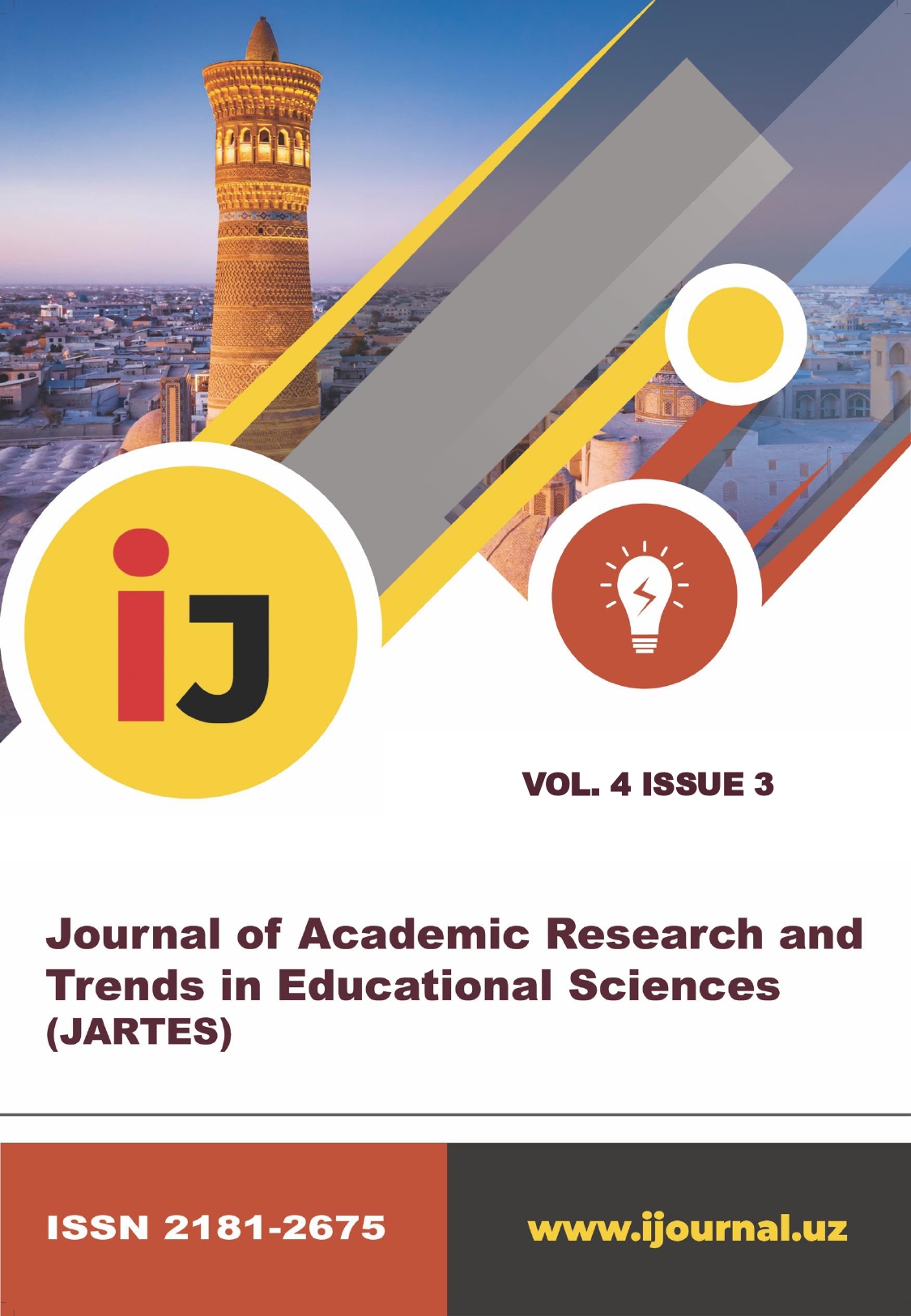BASIC CONCEPTS OF WEBINAR TECHNOLOGY. THE ROLE OF WEBINARS IN THE EDUCATION SYSTEM
Keywords:
Webinar technology, online learning, distance learning, interactive teaching, educational process, pedagogical technologies, real-time mode, student interaction, development of knowledge and skills, learning effectiveness, e-learning, virtual lesson, educational platforms, teacher’s role, student activity, improving education quality, learning coverage, teaching methods, digital learning, innovative educational technologiesAbstract
This article highlights the main concepts of webinar technology and its role in the education system. Webinars are a modern educational tool that enables interactive communication between teachers and students in real time through online platforms. The article examines the pedagogical significance of webinars, their role in activating the learning process, and effectively developing students’ knowledge and skills. It also analyzes the possibilities of organizing distance learning using webinar technology and improving the quality and coverage of education. This article can be useful for independent researchers and students.
References
1. Salmon, G. (2011). E-Moderating: The Key to Teaching and Learning Online. Routledge.
2. Anderson, T., & Dron, J. (2011). Three generations of distance education pedagogy. The International Review of Research in Open and Distributed Learning, 12(3), 80–97.
3. Palloff, R. M., & Pratt, K. (2013). The Excellent Online Instructor: Strategies for Professional Development. Jossey-Bass.
4. Bates, A. W. (2015). Teaching in a Digital Age: Guidelines for designing teaching and learning. Tony Bates Associates Ltd.
5. Hrastinski, S. (2008). Asynchronous and synchronous e-learning. EDUCAUSE Quarterly, 31(4), 51–55.
6. Moore, M. G., & Kearsley, G. (2011). Distance Education: A Systems View of Online Learning. Wadsworth.
7. Siemens, G. (2005). Connectivism: A learning theory for the digital age. International Journal of Instructional Technology and Distance Learning, 2(1), 3–10.
8. Anderson, T. (2008). The Theory and Practice of Online Learning. AU Press.
9. Bonk, C. J., & Graham, C. R. (2006). The Handbook of Blended Learning: Global Perspectives, Local Designs. Pfeiffer.
10. Vygotsky, L. S. (1978). Mind in Society: The Development of Higher Psychological Processes. Harvard University Press.
11. Hasanboeva, O. (2020). Zamonaviy ta’lim texnologiyalari va innovatsiyalar. Toshkent: “Fan va texnologiya” nashriyoti.
12. Mavlonova, R. (2019). Masofaviy ta’lim va vebinar texnologiyalari. Toshkent: TDPU ilmiy jurnali.
13. Azizxodjayeva, N. (2017). Pedagogik texnologiyalar va ularning samaradorligi. Toshkent: TDPU nashriyoti.
14. OECD (2020). The Future of Education and Skills 2030. OECD Publishing, Paris.
15. Brookfield, S. (2012). Teaching for Critical Thinking: Tools and Techniques to Help Students Question Their Assumptions. Jossey-Bass.
Published
Issue
Section
License
Copyright (c) 2025 Durbek Mamatqulov, Qurbonali Salimjonov, Jamshid Hakimov

This work is licensed under a Creative Commons Attribution-NonCommercial-NoDerivatives 4.0 International License.
All Rights Reserved.





